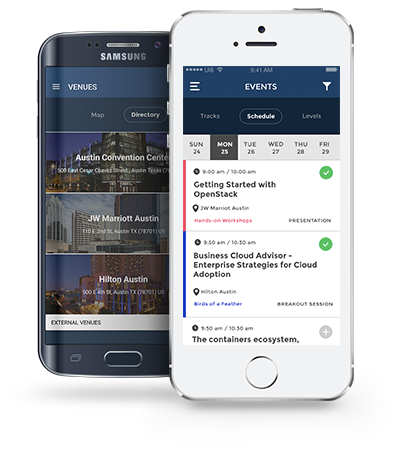Security Considerations for Cloud Edge Computing
Cloud Edge computing use cases range from IoT to VR/AR and any widely distributed application in between. However, taking OpenStack out of the data center requires an entirely new approach to security when there is far less ability to restrict access and often the applications require a shared tenant model. Some of the factors that need to be considered include:
- More stringent requirements for infrastructure software (code/design) in exposed environments
- New ways of thinking about RBAC at the control interfaces
- Conflicts arising from shared ownership and divided responsibilities for devices/systems/applications
- Managing lifecycle operations and deployments over insecure WAN connections
- Different ways of looking at tenant spaces in remote locations
- Imposing network/compute/storage/memory separation from the underlying virtualization/hardware components
- Managing security over intermittent WAN connections
- Securing semi-autonomous and self-managed locations
What can I expect to learn?
During this session you will learn how security must be incorporated into Cloud Edge architectures and the some best practices for doing it.
- What security standards apply and how does that affect your system and applications?
- How different architectures affect security: hierarchical, matrixes, widely distributed, or mesh.
- How to incorporate and manage security across hundreds or thousands of nodes
- How node location affects security and fit for each use case.
- Deployment considerations
- Minimizing the issues related to exposed environments
- How to address the complex vendor integration, product orchestration, service delivery and scale requirements
- Leveraging vendors to increase security, reduce footprints without compromising performance and usability
- Security requirements for specialized workload such as IOT/AI/ML/AR/VR/NFV
- Can containerized workloads be properly secured in a distributed environment
- How to secure tenant space on remote nodes
- Protection against DDoS attacks
Wednesday, May 23, 11:50am-12:30pm (6:50pm - 7:30pm UTC)
Difficulty Level: Intermediate
Tags:
Arch / Ops
Technical
Verizon, SDN Product
SDN Product Strategist at Verizon, working on developing virtualized networking products and services. Involved in the OpenStack community since 2010. Helped architect some of the earliest large deployments, writing the documentation and designing the architectures. Co-author of the OpenStack Architecture Design Guide. Active in the OpenStack Community as a member of the Edge Computing Work... FULL PROFILE
RackN, CEO/Founder
Rob Hirschfeld has been involved in OpenStack since the earliest days with a focus on ops and building the infrastructure that powers cloud and storage.
He's hosting a podcast, L8istSh9y, focused on Edge, DevOps, Cloud and Open Source topics. He's also deeply familar with open infrastructure from being co-Chair of the Kubernetes Cluster Ops and a four term OpenStack board member. The RackN... FULL PROFILE
Principal Architect - Cloud & NFV Service Provider Solutions
Glen currently serves as principal architect over cloud, NFV and SDN network architecture solutions for large service providers at Dell Technologies. His current focus lies in defining the hardware and software strategies for tier 1 service provider data center cloud and uCPE reference architectures. His use cases concentrate on open source network software solutions deployed on... FULL PROFILE
99cloud
Shuquan Huang is a Technical Director at 99Cloud, where he built the whole engineering teams from the ground up, established agile development methods to design and implement solutions for cloud computing and edge computing.
Shuquan has been working with open source software for over 10 years. He started his OpenStack journey at its early days in 2011 and actively involved as technical... FULL PROFILE
Comments
1 Reviews
3
Posted: 2518 days ago
It’s either security/performance or cost. What is your top 2



